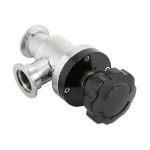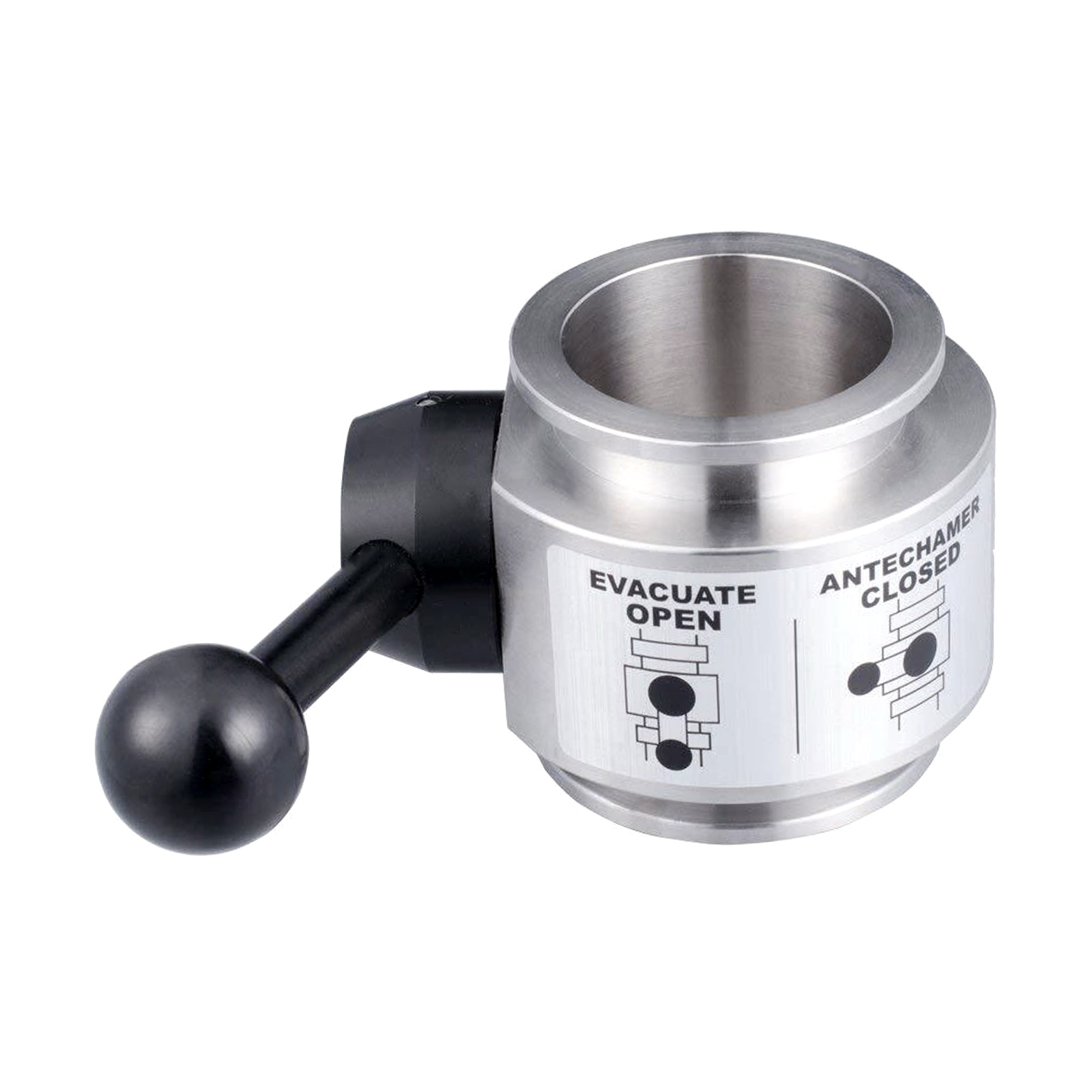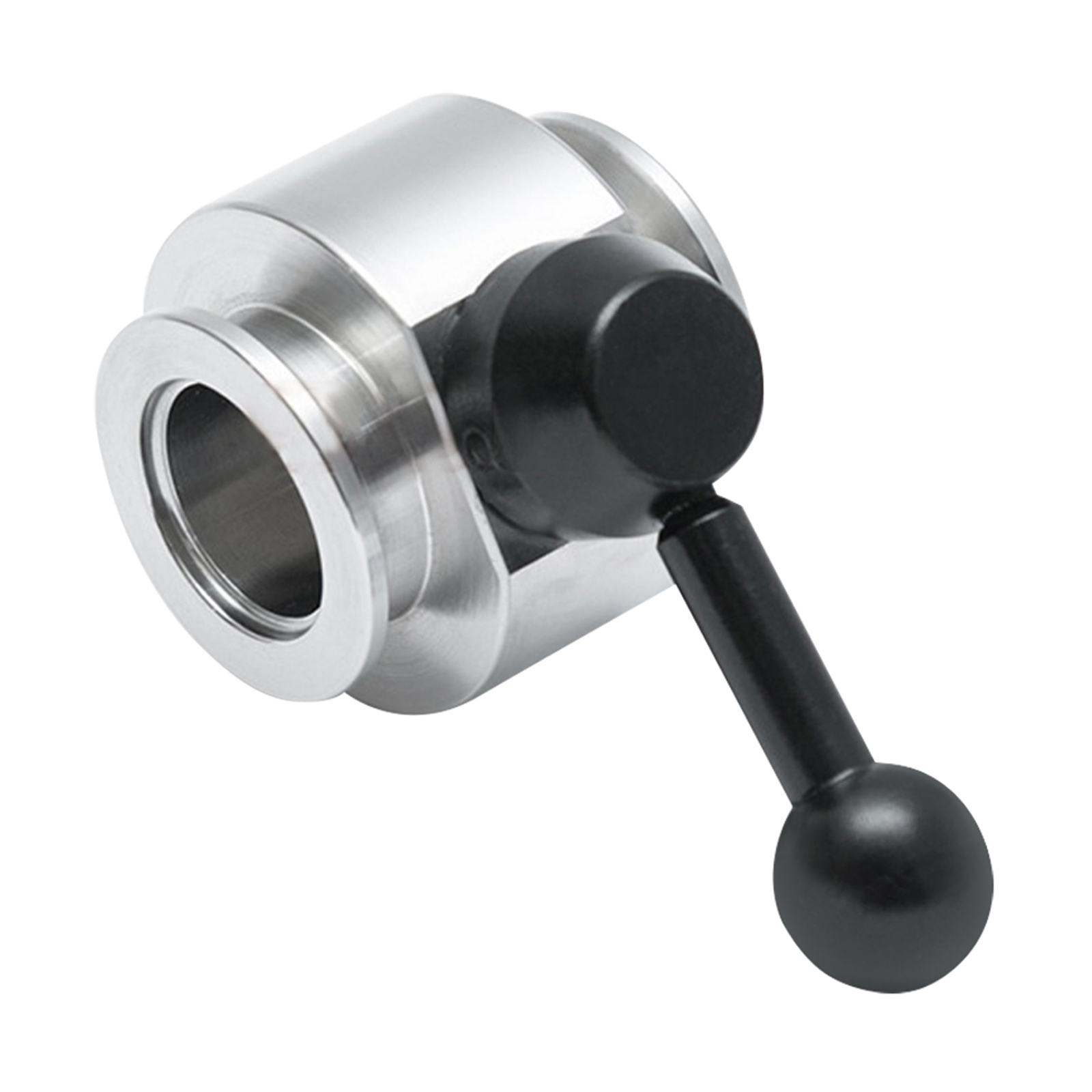
Selection Analysis of Valve Electric Actuator
The first consideration in the selection of vacuum valve electric actuators is the selection of drive energy. Generally, electric actuators can have a variety of power sources for selection. The most commonly used ones can basically be divided into power sources or fluid sources. For example, if the power supply is selected as the driving energy, three-phase power supply is generally used for large-sized valve actuators, and single-phase power supply can be used for small-sized valve actuators. Sometimes DC power supply is also optional. In this case, a battery can be installed to achieve power failure safe operation. There are many types of fluid sources, such as compressed air, nitrogen, natural gas, hydraulic fluid, etc. Therefore, when selecting fluid sources, you must carefully select and use them according to the classification of the electric actuator and the environment of the electric actuator manufacturer.
When choosing an electric actuator for a valve, you must know the type of valve and use the correct torque to be able to choose the correct type of electric actuator. According to the valve conditions, it can be divided into multi-turn drive, single-turn drive, and reciprocating drive. They have a certain influence on the selection of electric actuators. At the same time, for the selection of torque, for ball valves, butterfly valves and other valves that can turn 90 degrees, it is best to obtain the corresponding valve by testing the valve operating torque required by the valve at the rated pressure by the valve electric actuator manufacturer The size of the torque, the size of these torque actuator manufacturers will provide to the user according to the different conditions of use.
Valves are nothing more than pneumatic valves and electric valves. The main types sold are also pneumatic and electric. The main difference between pneumatic valves and electric valves lies in the different actuators. Electric actuators are more complicated than pneumatic actuators. Regarding the selection of pneumatic and electric actuators, the key lies in the torque. The value of the valve torque determines the actuator. Torque refers to the rotational force required to operate the valve. The maximum value of the required rotational force is the selection element of the actuator. The calculation of this value is usually derived from a certain tooth, bearing friction and valve seat/valve The sum of torque generated by the flap interference friction force.







